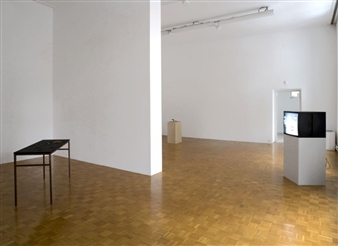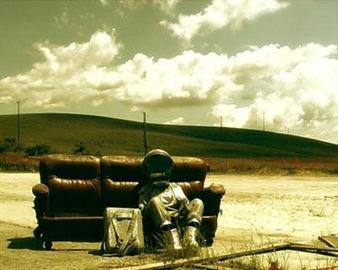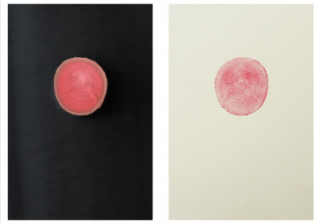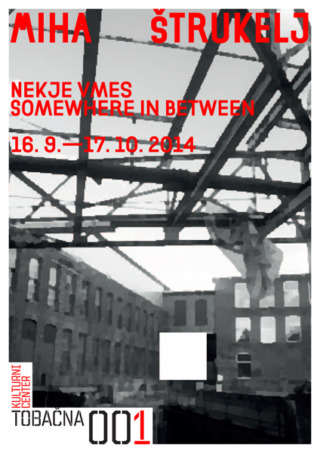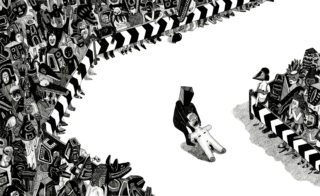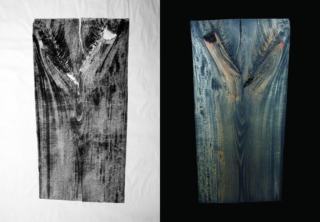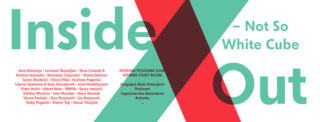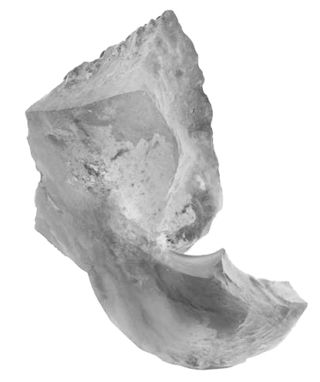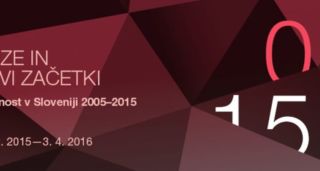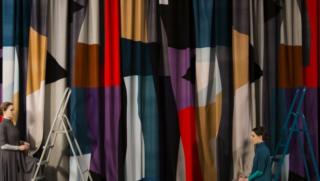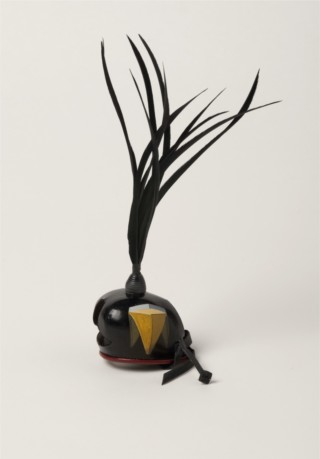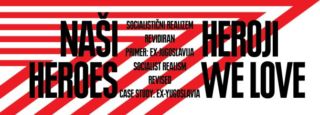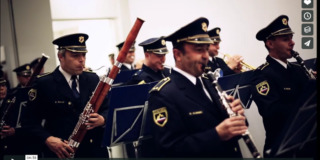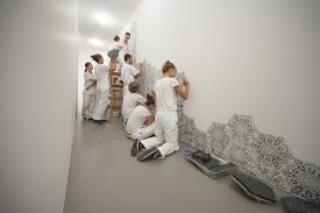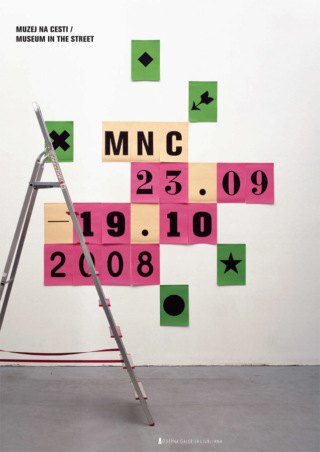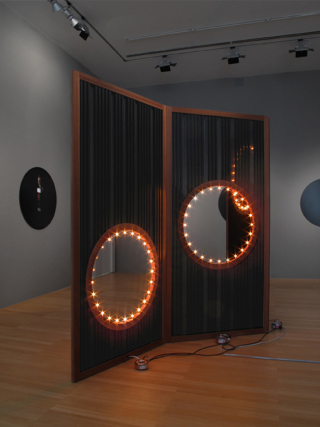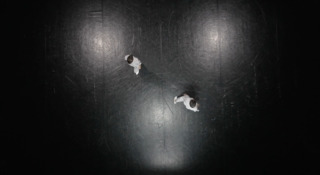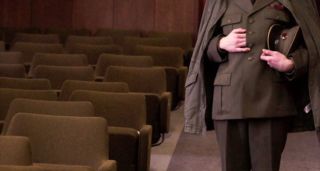Was it a car or a cat I saw
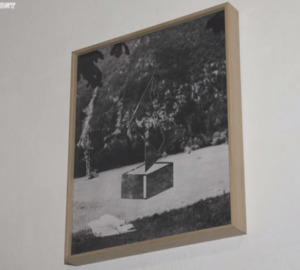
Galerija ŠKUC, Ljubljana, Ljubljana, 11/05/2015 - 12/01/2015
Stari trg 21, 1000 Ljubljana
APT artist Jasmina Cibic is participating the exhibition "Was it a car or a cat I saw".
To enter any exhibition venue showcasing contemporary art means to enter a system with a clear set of rules. We move within a grid which is a dynamic and flexible structure, but its every articulation is a composite that re-affirms the rules. The space that determines how we move, different exhibition formats, parameters and discourse we select to legitimise the exhibition all guide our reading of the show. In addition, exhibited artworks are part of the same system, which defines their every moment, ranging from the narratives in which they position themselves or produce to their physical presence and articulation. A system that pre-defines so many elements provides significant orientation, particularly for those who feel more or less at home in the system. An exhibition may have a thematic framework that connects works taken from different contexts or may be dedicated to a single artist, where the overall the body of work directs our understanding of it. It seems that works are always legitimised by something outside the tangibility of their presence at the exhibition.
Was it a car or a cat I saw takes the opposite direction. The exhibited works of different artists are not points that affirm a carefully curated reflection on an issue or problem ‘exterior’ to what is at hand. Works were selected in pairs or threes, with the crucial criterion being their formal proximity, physical likeness. Compared to traditional mechanisms exhibition making, this may seem an arbitrary moment, a coincidental formal aspect of works, which seems almost heretical in the context of the system of contemporary art that is committed to a gaze ‘outside’ its formal givens. Yet such a ‘densification’ of the gallery experience makes us face the issue of the materialisation of the process of creation and its implications, as well as its connection to contexts offering support and legitimacy. The dialectics that are impossible to escape in the staged experience of this meta-exhibition is a constitutive element of every work of art, yet anything but an unproblematic phenomenon. The ambiguity of the situation was neatly summarised over forty years ago by John Berger in the simple question: where does the value of work come from?
The tight clinch of physical presence and contextual definition of a work of art repeatedly establishes the position of the artist as the author. Authorship, a concept that we in vain attempted to dispose of in course of the 20th century, always seems to force itself back into the equation. Moreover, the entrenched image of the author as a creative genius, an innovator who creates something new and special is promoted and re-affirmed by powerful commercial interests. But what does this opportunity to reduce a work of art to the level of a formal and material decision imply? Being faced with a duplicate of one’s own work creates a potentially unpleasant situation which saps the author’s creativity and confidence. The problem of authorship, its levels and their relations within exhibitions, continues to be radicalised. The question is how (physical) works of participating artists are positioned in the (non-physical) work of Nika Špan, the author of the project. Is it plausible to perceive the combination of different levels of authorship through the prism of the ready-made? Although at the first glance it seems that nothing has been taken away from the exhibited work and that the situation is unproblematic – works of art are presented at an art exhibition – these are selected solely on the basis of the visual dimension, and any reference to a context with a selection criterion is prevented. Through a staged dualism of exhibited works at the purely formal level and the input of Nika Špan, which is (almost) completely non-physical, the exhibition sharpens the perspective on the impossible separation of these two moments, which is intensified into the question: what exactly is the art work here.
The spectators are crucial for untying this knot. They too feel lost in the given situation, as the ‘traditional’ framework for understanding the works has been taken away from them, and this is further radicalised by the repetition of similar material and formal elements, which provide the only points of orientation for accessing the work, reconstructing its genealogy and meaning. Therefore, the exhibition Was it a car or a cat I saw does not urge contemplation about the form but rethinking the materiality and form as tools for accessing a work that leads to a more in-depth reading of it, finding implications of a formal solution. The spectator is consequently the element that can establish the work beyond the dichotomy of physical and unphysical, form and context through one’s own effort of creating something new.
Curator: Vladimir Vidmar
Works by:
Jasmina Cibic, Elena Damiani, Vlatka Horvat, Nikita Kadan, Tanja Lažetić, David Maljković, Alenka Pirman, Reinigungsgesellschaft, Kelly Schacht, schultzschultz, Nika Špan and Adam Vačkar
For More Information
